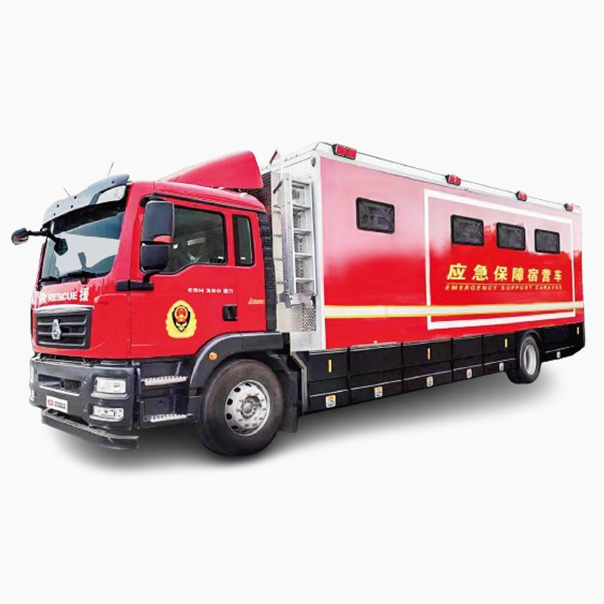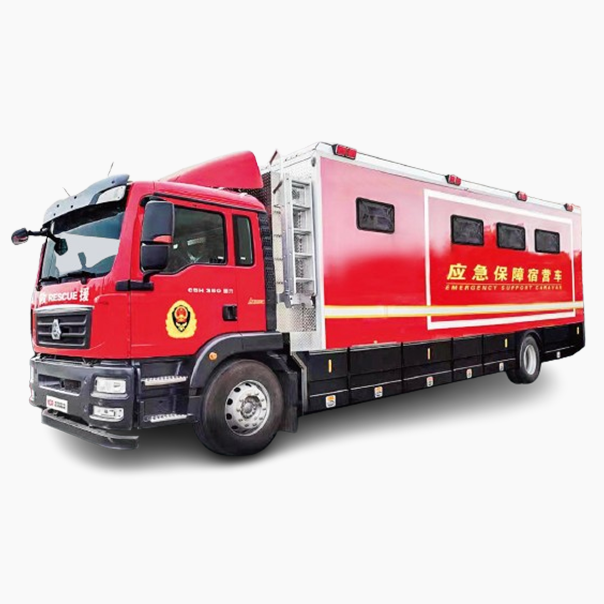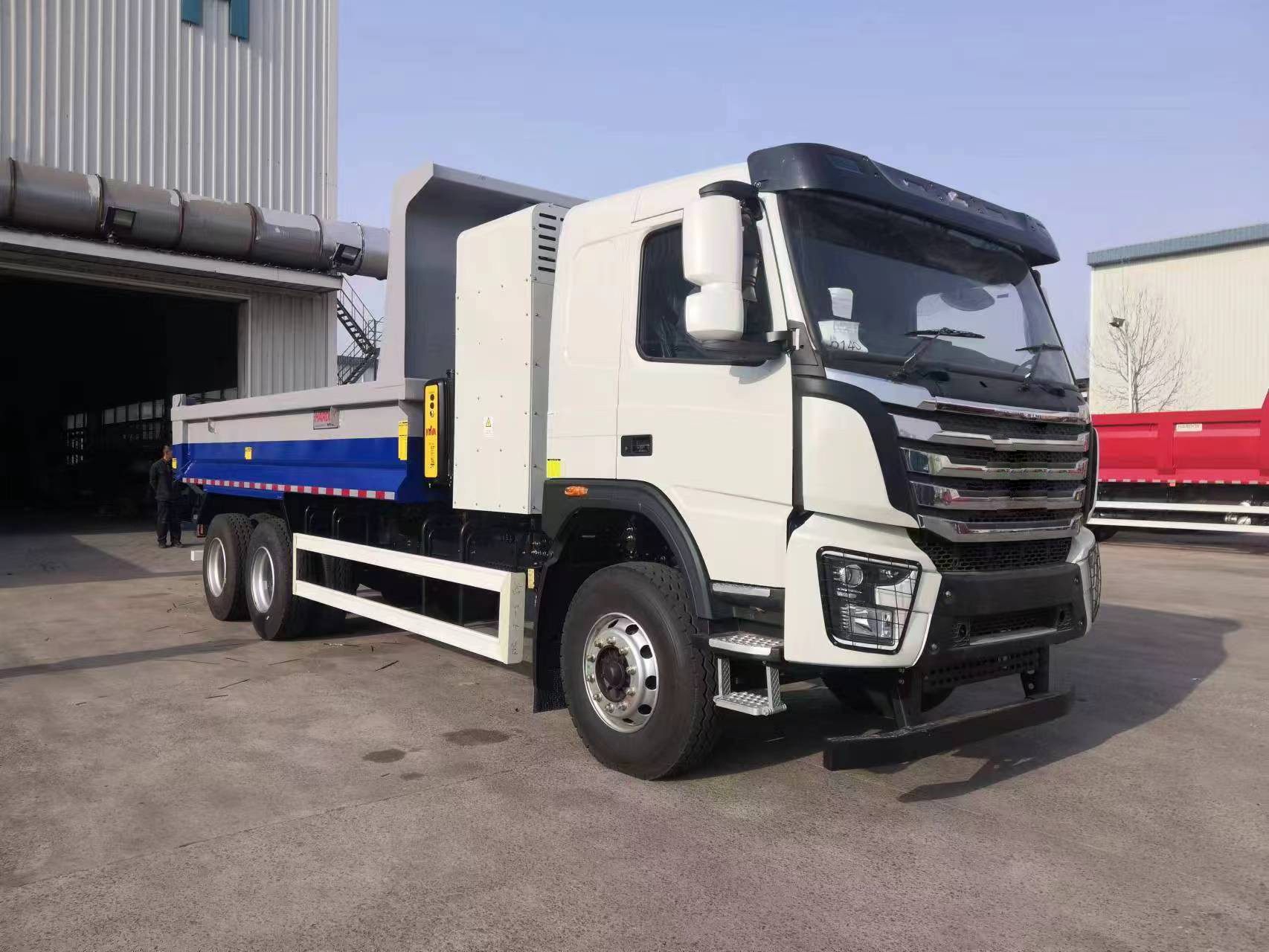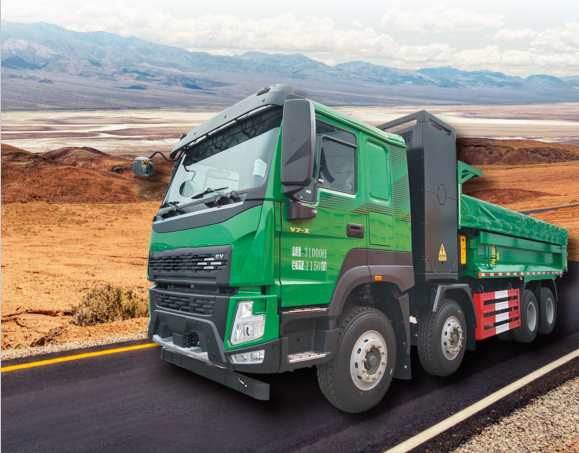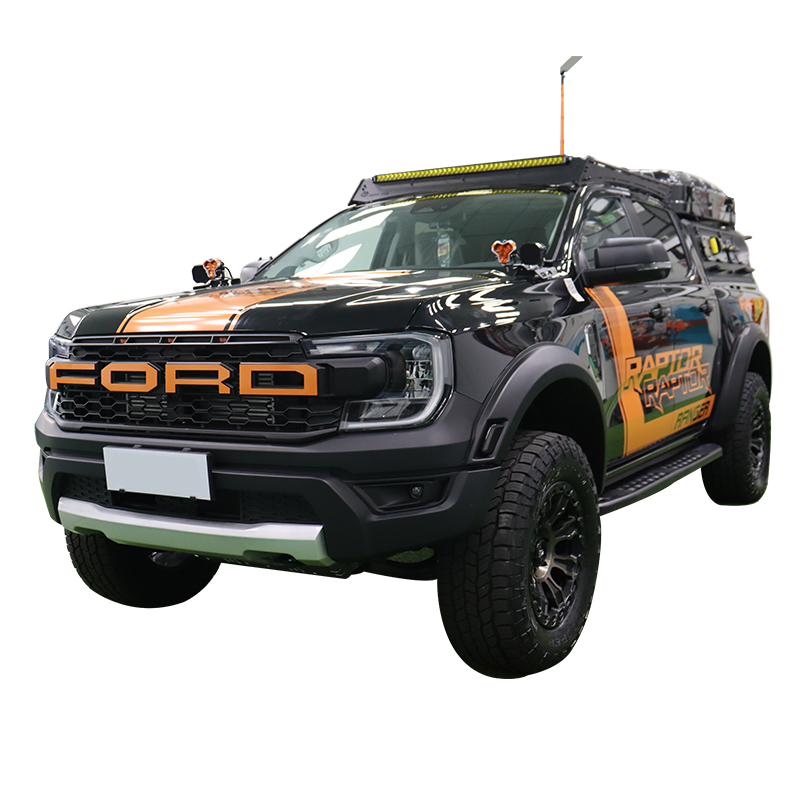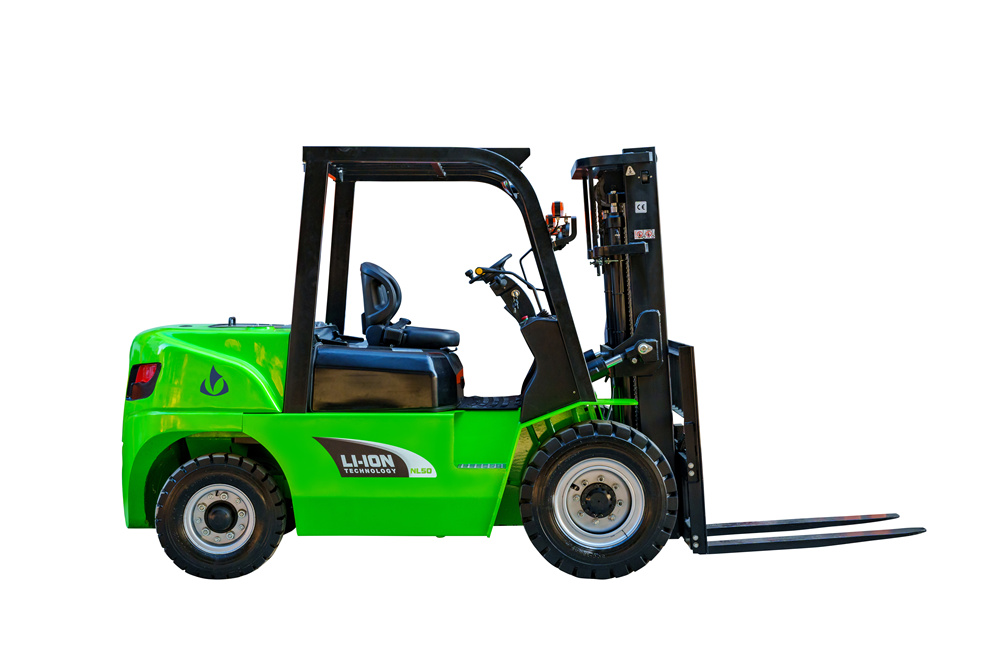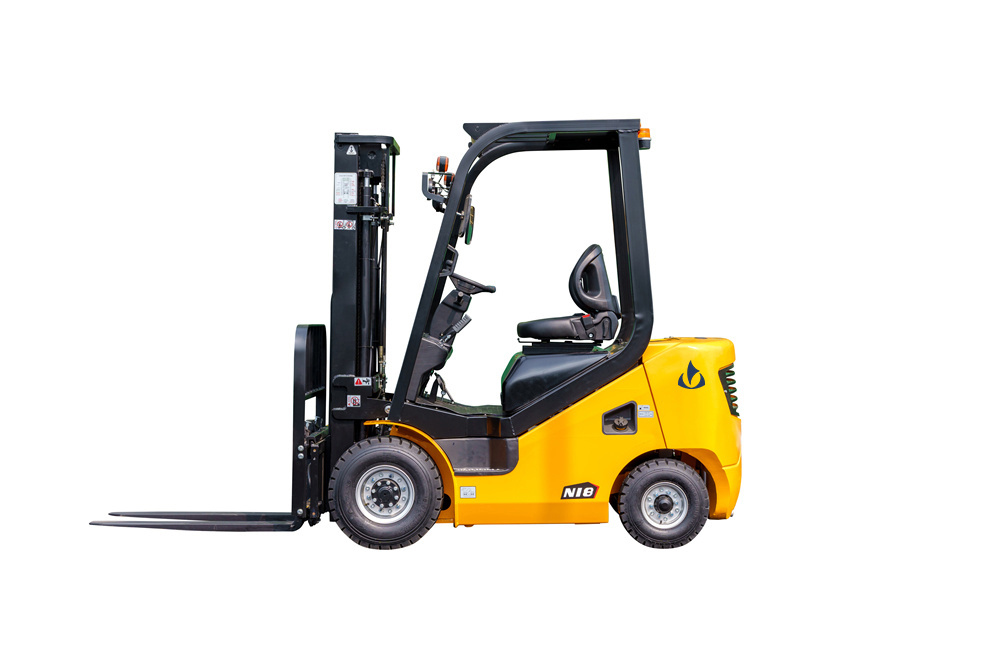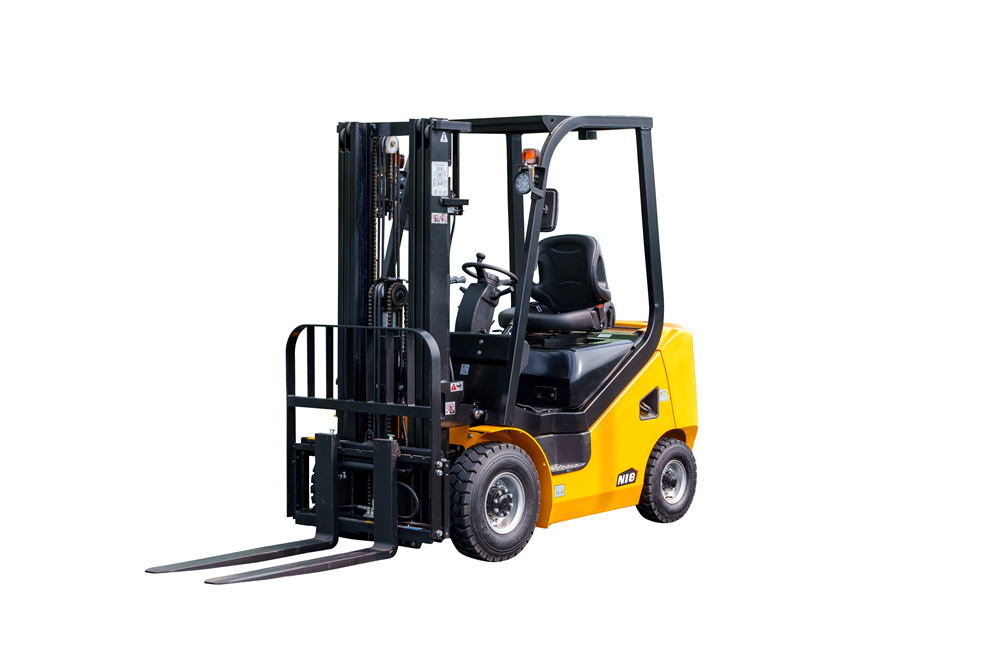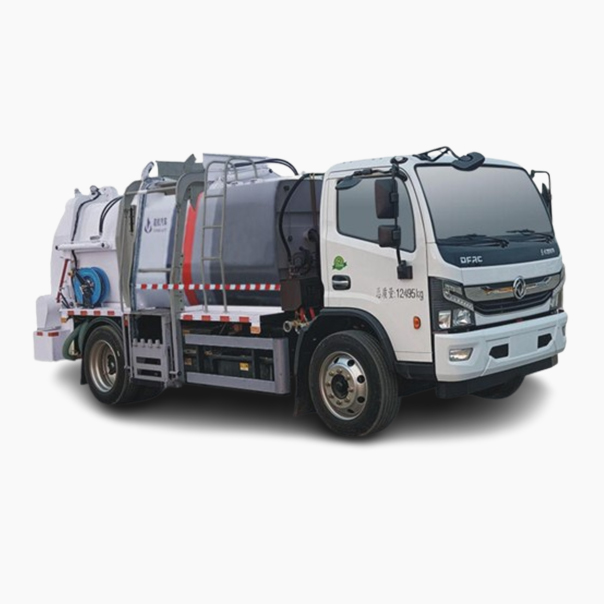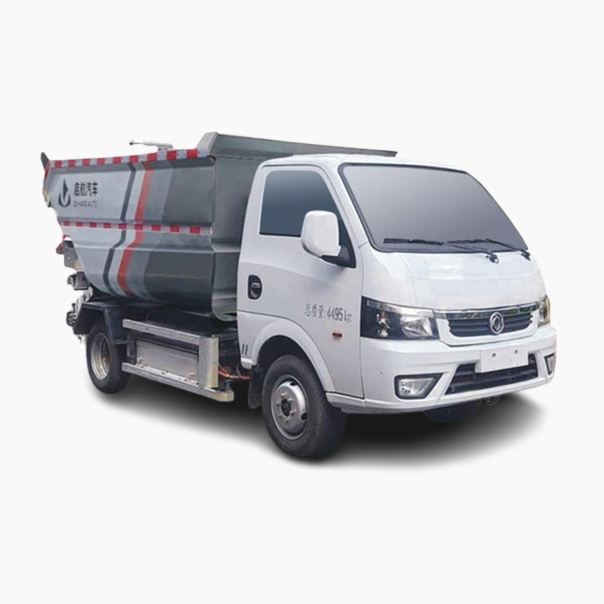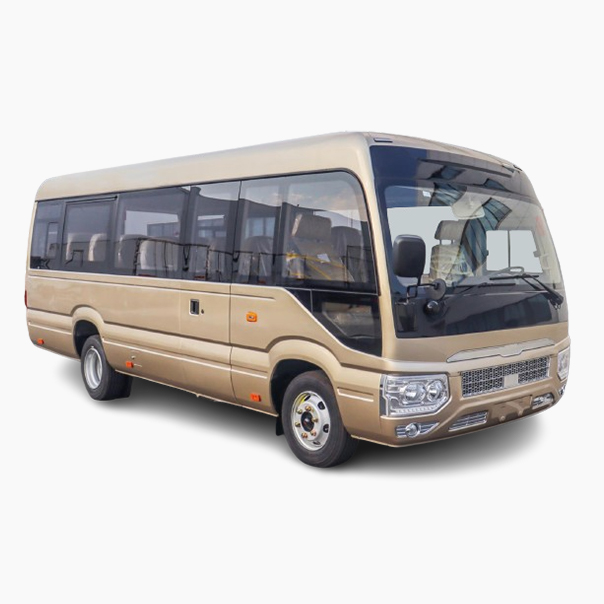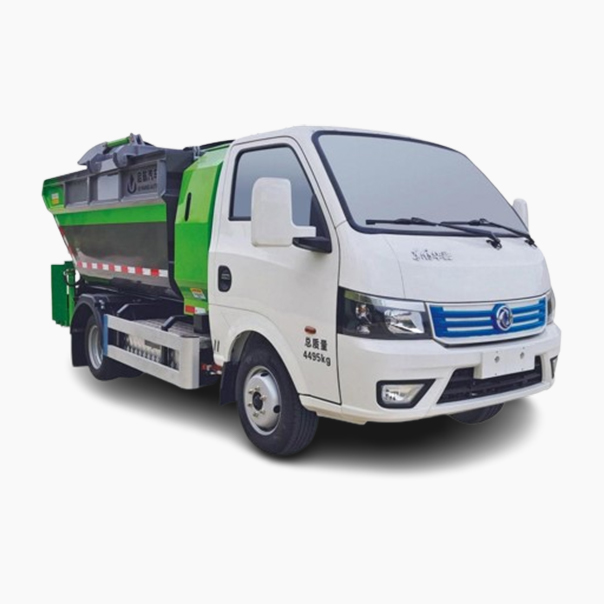The main features of camping vehicles include the following:
1. Affordable price: Camping cars are usually cheaper than RVs because they have high flexibility in modification, simple structural design, and reduce unnecessary configurations, thereby reducing costs.
2. Multifunctionality: Camping vehicles can be flexibly configured according to user needs, providing diverse choices. For example, the standard version and rest version of the Qihanglu camping car are equipped with different facilities to meet the needs of different users
3. Diversified chassis selection: The chassis selection for camping vehicles is very diverse, ranging from economical domestic chassis. Consumers can choose the appropriate chassis according to their budget.
Widely applicable scenarios: Camping vehicles are suitable for short trips, outdoor adventures, and other activities, especially for users with limited budgets. They are usually equipped with basic accommodation facilities such as beds, makeshift kitchens, and bathrooms to meet basic living needs.
Flexible modification: The structure design of the camping vehicle is simple and flexible for modification. It can be customized according to the specific needs of the user, with additional or reduced configurations. For example, the sailing camping vehicle is equipped with various practical equipment, including off-road gear, extended luggage racks, etc., which enhances the vehicle's traffic capacity and storage space
The transport camping vehicle is a vehicle designed to provide temporary command and rest areas for emergency troop transportation of officers and soldiers, and to meet various requirements for field operations and inspections. Most of the domestic military camping vehicles are converted from box trucks, which cannot meet the requirements of transporting troops and long-term outdoor operations, and cannot provide sufficient camping space..
2 Overall Design
2.1 Overall layout
The new military camping vehicle adopts a semi load bearing body design, and the entire vehicle body is based on aerodynamic principles. The front windshield adopts a large tilt angle design, which can effectively reduce the wind resistance coefficient, and adopts hyperbolic laminated glass to improve safety. The side expansion cabin of the vehicle is made of aluminum alloy material, which enhances the strength of the cabin, reduces its weight, and effectively improves the safety factor of camping.
The bottom frame of the camping vehicle is made of rectangular and special seamless irregular steel pipes welded into a grid type bottom frame. Through finite element analysis, the structural stiffness of the bottom frame and the overall frame is verified under various working conditions to ensure the structural strength of the vehicle during long-distance full load driving, camping, and low-grade road surfaces; The expanded side panels are all made of aluminum alloy rectangular pipes, with a material of 6061-T5, which can reduce the weight of the side panels while ensuring structural strength. The roof panel of the camping car is made of cold-rolled steel plate, and the front and rear fiberglass formed plates are connected to the front and rear frame through welding and riveting. The whole car skin is welded and bonded in place to ensure no deformation.
The car seats are arranged in an 8-row 2+2 layout, which can meet the seating needs of (32+1) passengers. The sides of the side panel can be expanded outward, and the expanded cabin floor forms a berth. The seat back can be flipped forward to form a berth. The berth formed by the expanded cabin floor and seats on the left and right sides can meet the sleeping space requirements of passengers. The interior space can be divided into a seating area (camping area), a storage area, and a driving area. The riding area is equipped with emergency exit escalators. During camping, the riding area can be expanded into a camping area, and the storage area provides storage space for daily inspections and troop transportation tasks.
2.2 Sealing and insulation design
2.2.1 Car Sealing Design
The side expansion cabin adopts a dual sealing structure. Firstly, the surrounding profiles of the expansion cabin are embedded with sealing strips to ensure the sealing and warmth of the expansion cabin during camping; The second is to embed double sealing strips between the perimeter of the vehicle frame and the expansion compartment to ensure a relatively closed environment inside the vehicle during normal driving and expansion, achieving double sealing and meeting the requirements of use.
2.2.2 Air conditioning system design
According to the industry standard JT/T 216-2006 "Technical Conditions for Bus Air Conditioning Systems", the A-level performance requirement for the refrigeration system is that the minimum cooling capacity per capita should not be less than 560 W. The number of passengers in the vehicle is between 29 and 33, and the minimum cooling capacity required for this model is 18.48 kW (33 people). Considering factors such as cooling capacity loss, changes in passenger numbers, and differences in high-temperature load conditions in different regions, the cooling capacity should be slightly higher than this value.
When designing the heating system for buses, due to the complexity of calculating the overall vehicle heat load, according to JT/T 325-2010 "Classification and Grading of Operating Bus Types", the per capita heat supply for second tier large buses is 2000 kJ/h, and HSZ6108YC buses can accommodate up to 33 people. Therefore, the theoretical heat load for the entire vehicle is 33 × 2000=66000 kJ/h=18.5 kW. Due to the presence of pipelines and other heat losses, as well as an increase in interior space after expansion, the theoretical calculation value is increased by 75%, resulting in an actual heat load of 18.5 × 1.75=32.4 kW. Therefore, the KRBPB3-G integrated electric heat pump passenger car air conditioner is selected, with a heating capacity of 32.5 kW and a cooling capacity of 37 kW, which can fully meet the heating and cooling needs of the vehicle under various operating conditions. A generator set is arranged on the right side of the rear of the vehicle. During the operation of the camping vehicle, the onboard generator uses the engine to generate electricity, which then supplies power to the overhead air conditioning system; When the camping vehicle stops running, it can be connected to the AC 220V or AC 380V mains power to supply power to the air conditioning.
3. Expand institutional design
On both sides of the vehicle, there are 7000 mm × 1700 mm × 1700 mm expansion compartments, which are composed of electric expansion mechanisms, tracks, movable telescopic tops, and movable folding bottom plates. The three-dimensional effect is unfolded, and the system adopts one click operation, which can work together. The technical parameters related to the expansion compartments are as follows: the exhibition compartment size is 7 m × 1.7 m × 1.7 m, the expansion time is ≤ 60 s, the contraction time is ≤ 60 s, the maximum width is 5.9 m, and the number of campers is 29-33 people
3.1 Electric expansion mechanism
The expansion device is composed of a motor, a reduction gearbox, a bevel gear set, a side drive shaft, an inner rolling support, a ball screw and other systems. The left motor is arranged in the right rear corner to provide power for the expansion motion. Its rotational motion passes through the gearbox to achieve deceleration and torque increase, and then reaches the bevel gear outside the gearbox. This bevel gear cooperates with the bevel gear at one end of the screw sleeve to transmit rotational motion to the screw sleeve. Then, through the cooperation of the screw sleeve, ball and screw, the rotational motion is converted into axial motion of the screw sleeve. The other end of the screw is connected to the vehicle body and relies on the screw sleeve to push the expansion and contraction of the expansion compartment. Due to the longer length of the screw and screw sleeve after unfolding, in order to prevent significant deflection, an inner rolling support is used as radial support outside the screw sleeve.
The bevel gear of the gearbox is matched with another bevel gear on the other side relative to the screw bevel gear. This bevel gear is fixedly connected to the side transmission shaft and transmits the rotational motion to the other side of the expansion cabin through a light rod. There are two side support seats along the length direction of the transmission shaft to improve the stiffness of the mechanism. The other end of the light rod is equipped with a bevel gear, which cooperates with the bevel gear at the front screw sleeve end to achieve the coordinated rotation of two screws on both sides of the expansion cabin, providing balanced power for the expansion cabin. Through two bevel gear pairs, the rotation of the rear screw sleeve is transmitted to the front screw sleeve, and the rotation direction of the front and rear screw sleeves is the same.
By designing the structural dimensions of the screw sleeve, the limit of the telescopic structure is achieved. Through electronic circuit design and the clutch plate of the gearbox, overload protection is realized, forming a dual limit protection system with "mechanical+electrical".
3.2 Track
The track is made of high-strength aluminum alloy material and has a multi-stage expansion sleeve structure, which can ensure the requirement of a protruding length of 1700 mm and meet the load-bearing needs; On both sides, there are 5 tracks, with the front and rear tracks equipped with electric support legs that extend when the expansion cabin is extended and supported on the ground, meeting the requirements for load-bearing strength and stiffness during personnel camping. One end of the track is fixedly connected to the expansion cabin, and the other end is fixedly connected to the frame to ensure its structural rigidity. The track is made of aluminum alloy material, which reduces its own weight, lowers the requirement for the connection stiffness between each level of expansion sleeve, and improves safety.
3.3 Activity Expansion Cabin
The camping expansion cabin is composed of multi-stage formed aluminum plates supplemented by guiding and positioning tracks, folding support frames, sealing devices, locking devices, etc. The motor expansion mechanism provides driving force, and the movable expansion cabin extends outward under the guidance of the positioning guide rail. Through the locking device, it ensures that the expansion cabin can be stably maintained in an extended state after being unfolded. The multi-level structure and sealing device meet the requirements of all-weather camping for rain, snow, dust, and wind protection after expansion. The folding support frame serves as a support for the unfolded aluminum plate, and the sealing device achieves sealing between the aluminum plates, between the aluminum plates and the vehicle body, and between the aluminum plates and the bottom plate.
3.4 Bottom plate
The bottom plate of the expansion cabin is hinged from two formed aluminum plates, which are hinged between the expansion cabin side panel and the frame, and usually folded on the inner side of the side panel; When camping, it can be spread flat on the track by expanding the power, and together with the five tracks and electric support legs, it can also be used as the camping floor for expansion.
4 Conclusion
This new type of military camping vehicle adopts motor control to gradually expand the cabin, which improves the speed of camping construction; The use of side panel aluminum alloy design significantly reduces the weight of the side panel and improves the safety of the vehicle. Compared with the old military camping vehicle, the safety, comfort, and convenience of this new camping vehicle have been significantly improved.
